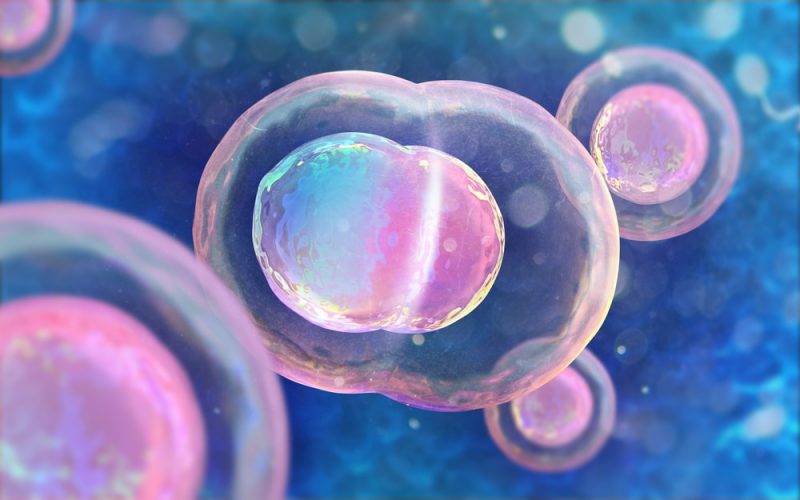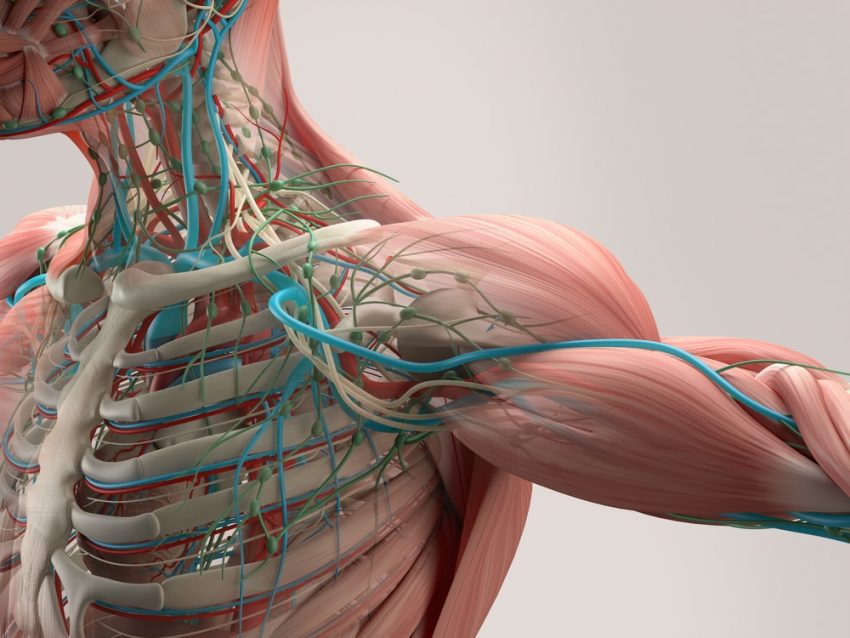Living beings (organisms), depending on the number of cells that compose them, can be considered unicellular (if they consist of a single cell) or multicellular (or multicellular, which are made up of two or more cells). For example: dolphin, hen, wheat, grass.
The cells they are considered the minimum units of life. They are units both in a morphological and functional aspect. They are morphological units because they are surrounded by an envelope, called the cell or cytoplasmic membrane.
Furthermore, cells are functional units because they constitute a complex biochemical system. As such, they have the ability to feed and maintain their own metabolism, to grow and multiply from the genetic material they contain in the nucleus, to differentiate (develop specific characteristics different from other cells), and to evolve.
All the characteristics of cells are shared by unicellular and multicellular organisms (also called multicellular).
Cell reproduction

The multicellular organisms they arise initially from a single cell. Even human beings at the moment of conception are initially a cell. However, that cell immediately begins to multiply. Cells can reproduce through two processes:
- Mitosis. It occurs in somatic cells. The cell divides only once (two cells come out of a cell). Sister chromatids separate and no crossover occurs, so the two daughter cells have the same genetic information. It is a short cell division that aims at the growth and renewal of cells and tissues.
- Meiosis. It is produced only in the stem cells of the gametes (sex cells). The cell divides twice. In the first division, homologous chromosomes are separated, in the second, chromatids are separated and then there is a crossover between homologous chromosomes. That is why the four daughter cells are genetically distinct. Its objective is the continuity of the species and genetic variability.
From the above, it can be concluded that multicellular organisms obtain all of their cells (with the exception of sexual ones) from a single initial cell thanks to mitosis.
In multicellular organisms, not all cells are the same, but rather differentiate to fulfill different functions: for example, there are nerve cells, epithelial cells, muscle cells, etc. Specialized cells are organized into groups called tissues, which in turn make up organs.
Prokaryotic and Eukaryotic Cells
In addition to differentiations, there are two main types of cells that distinguish in turn two different types of organisms:
- Prokaryotic cells. Their size is less than two microns, and although they have a cell membrane, they do not have a nuclear membrane (the one that separates the nucleus from the cytoplasm). DNA is present as a single circular molecule, with few proteins associated by loose bonds. DNA forms a single chromosome. Its only cytoplasmic organelles are small ribosomes. It lacks an internal skeleton. Prokaryotic cells form PROCARIONTE ORGANISMS (bacteria and cyanobacteria). They are usually UNICELLULAR organisms, with the exception of myxobacteria.
- Eukaryotic cells. Its size is greater than two microns, in addition to the cell membrane it presents the nuclear membrane. DNA forms linear molecules with associated proteins through strong bonds. DNA forms several separate chromosomes. The cell includes a variety of cytoplasmic organelles, internal skeleton, and internal membranous compartments. Eukaryotic cells form EUCHARIAN ORGANISMS (such as animals, plants and man) that are PLURICELLULAR organisms.

Examples of multicellular organisms
- The human being. The different types of cells form the multiplicity of tissues that in turn form the circulatory, nervous, bone systems, etc.
- Crab. Like other crustaceans, part of its cells are differentiated to form an exoskeleton, a structure that covers and protects the animal.
- Dolphin. Aquatic mammal. Like all animals, it is made up of various types of eukaryotic animal cells.
- Wheat. Cereal of the grass family. It is made up of various types of eukaryotic plant cells.
- Swallow. Bird of migratory habits, belonging to the family of the hirundínidos, of the order of the passerines.
- Grass. Like other monocotyledonous plants, its stem includes meristematic cells that allow it to increase its length after being cut.
- Hen. Bird of the family Phasianidae. Like other birds, it is covered in feathers made up of specialized cells in the epidermis called keratinocytes.
- Salmon. Both marine and freshwater fish. Like most fish (bony or cartilaginous) its skin is covered in scales, specialized cells different from reptile scales.
- Temporaria frog. Anuran amphibian of the Ranidae family, which inhabits Europe and northwestern Asia.
- Green lizard. A species of lizard (reptile) of the family Teiidae. It is located in an ecozone that spans the Argentine, Bolivian and Paraguayan Chaco.
Of course, in addition to those mentioned, thousands of examples could be listed, since all the animals that exist are multicellular organisms. If you need more examples, you could visit the section on vertebrate animals or invertebrate animals.
